#land preservation
Text


The Willow Project is legitimately evil. It's a huge, disastrous oil project that ConocoPhillips wants to do in Alaska. Biden approved it despite huge backlash against it and consistent protests against things similar such as cop city forest, DAPL, & Line 3.
As a democrat who wants to pretend he's for climate change and gives a shit about BIPOC and the health of humans or the planet he has a weird way of showing it.
To support natives and a greener planet reblog this to spread awareness, ally yourself against the willow project on social media, boycott Conoco, sign petitions, & call/write your reps telling them to withdraw support of ConocoPhillips oil in your state due to the hazardous Willow Project or you'll flip the next election. You didn't elect someone who'd harm the whole planet for greed did you? No. So say that.
Anyway, let's get to it, here are some graphics and articles with more info.
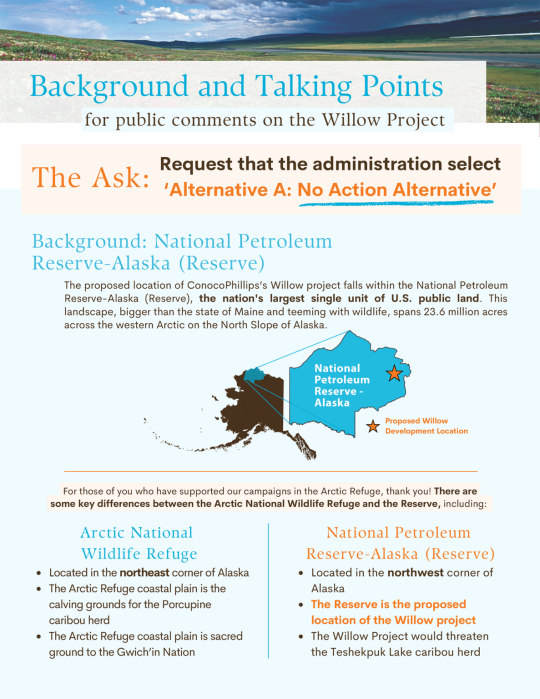
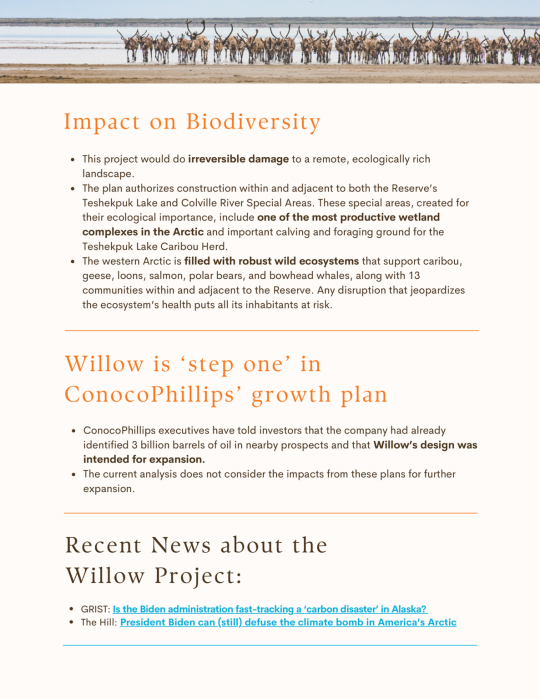

The 9th Circuit Court of Appeals on Wednesday issued a one-page ruling rejecting requests from an Alaska Native organization and several environmental groups to delay ConocoPhillips’ construction work.
The appeals ruling came in a pair of lawsuits challenging the Biden administration’s March 13 approval of the Willow project. The project, which promises to be the biggest Alaska oil development in decades, would be the westernmost producing oil field on the North Slope. It is located within the National Petroleum Reserve in Alaska, and it would tap into reserves estimated at about 600 million barrels, producing a peak of 180,000 barrels per day.
x
#biden#natives sue biden#greenpeace sues Biden#biden 2024#biden elections#biden is a fucking liar yet again#the willow project#liberals#democrats#leftists#climate change#global warming#lgbt#native american#native#alaska native#gwich'in#land preservation#landback#allies#native allies#oil#pipelines#ConocoPhillips#Conoco gas#gas
231 notes
·
View notes
Text

3 notes
·
View notes
Text
Biden creates a new national monument near the Grand Canyon - https://www.npr.org/2023/08/08/1192622716/biden-national-monument-grand-canyon-arizona
The move protects lands that are sacred to indigenous peoples and permanently bans new uranium mining claims in the area. It covers nearly 1 million acres.
—
"It will help protect lands that many tribes referred to as their eternal home, a place of healing and a source of spiritual sustenance," she said. "It will help ensure that indigenous peoples can continue to use these areas for religious ceremonies, hunting and gathering of plants, medicines and other materials, including some found nowhere else on earth. It will protect objects of historic and scientific importance for the benefit of tribes, the public and for future generations."
—
The new national monument will be called Baaj Nwaavjo I'tah Kukveni Grand Canyon National Monument. According to the Grand Canyon Tribal Coalition that drafted a proposal for the monument, "Baaj Nwaavjo" means "where tribes roam" in Havasupai, and "I'tah Kukveni" translates to "our ancestral footprints" in Hopi.
all land is sacred (and should be returned) but this is good news.
#indigenous#native american#ndn#arizona#grand canyon#climate change#nature#good news#land conservation and preservation#hopi#havasupai
7K notes
·
View notes
Text

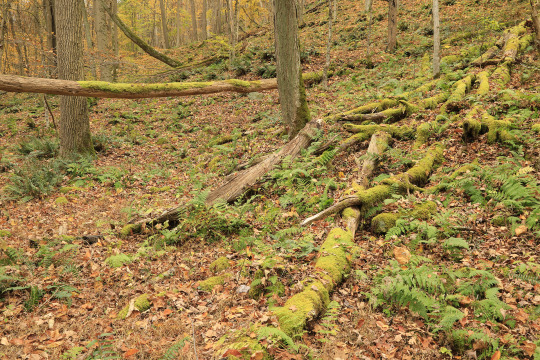
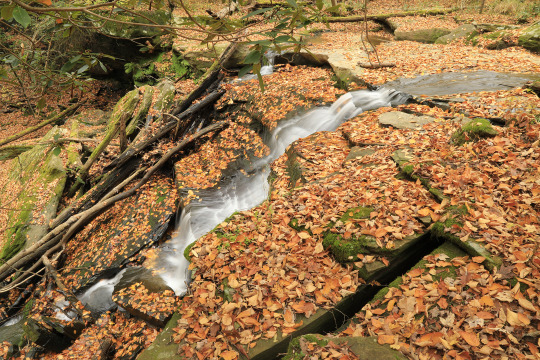
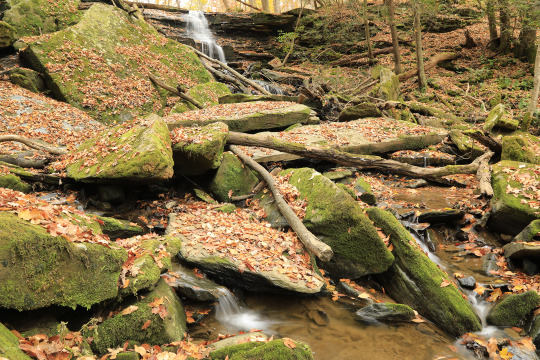
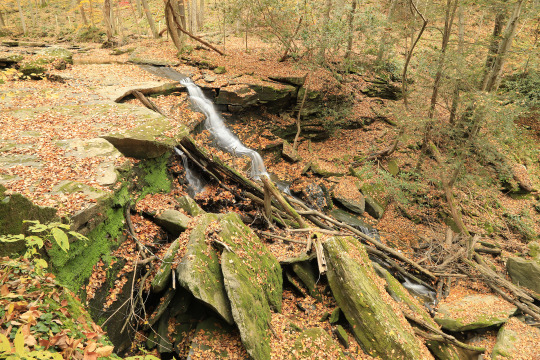
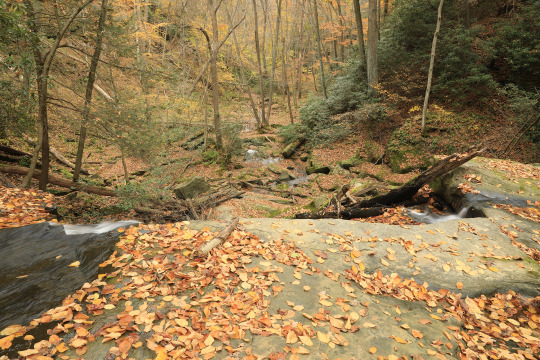



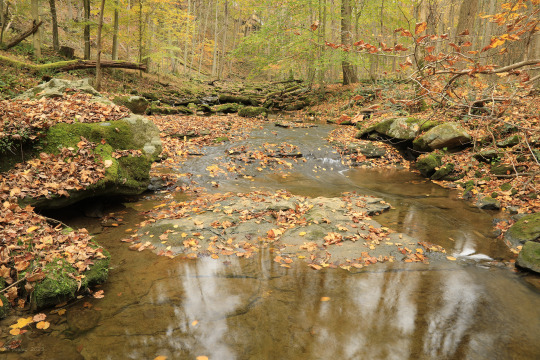


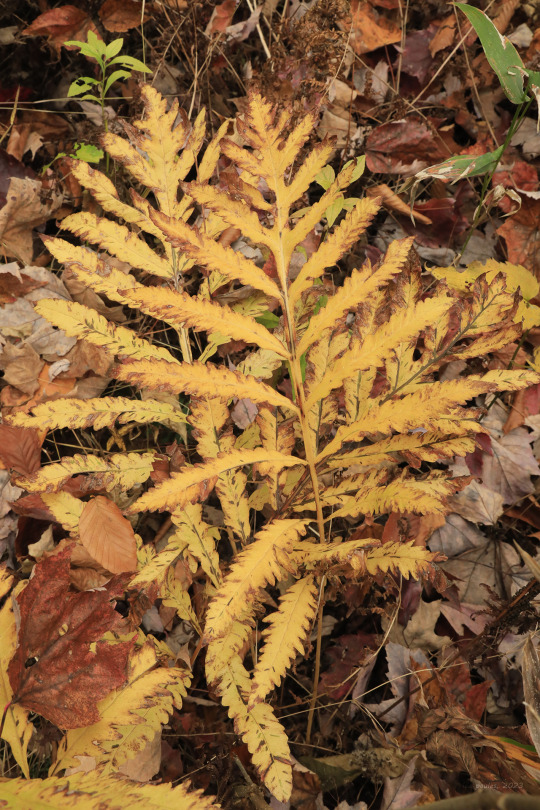
Late October morning at Toms Run Preserve.
935 notes
·
View notes
Text
My parents were at a conference several years ago where Neil Armstrong was the keynote speaker. During Q&A, one of the questions was how long he spent thinking about the "one small step" line.
He said the estimated odds of them actually making it to the moon were so low, none of them had given any thought to it at all. NASA had put 10 years' worth of effort from the smartest minds they could recruit into figuring out how to get someone to the moon, and still they thought it likely enough that they'd missed something, that they honestly didn't even think about the possibility that someone on this ship was going to be saying humanity's first words from a different planet.
From our perspective, the odds of them reaching the moon are 100% -- it feels inevitable to us. But it really was a hell of an accomplishment, given what they had to work with
#and also all the early astronauts had no sense of self-preservation#moon landing day#tumblr holidays#apollo project
860 notes
·
View notes
Text
Technically speaking, Old Man Yaoi is a valid killjoy name
#i do think the decontextualization would be funny especially in the context of like. how antithetical preservation of pop culture elements#is between my version of the zones and the lobby#n e ways. off i go back to manga and anime land. trying to fend off the impulse to read the jujutsu kaisen manga now that i've caught up#with the anime. it has barely been a month since i finished binge-reading haikyu so my brain is still mildly frazzled#danger days#killjoys#ttlotfk#boo's shitposts
221 notes
·
View notes
Text
Rhaenyra‘s sons‘ illegitamcy is actually such a fascinating topic to discuss. Because on one side, yes, she should be allowed to have children with the partner of her chosing. But on the other side, the way she handles the situation, she manages to upset almost every cultural norm surrounding this issue, further alienating potential allies.
According to the social and cultural norms of their world, Rhaenyra and her sons are being valued as lesser for the circumstances of their birth. This a result of westerosi male primogeniture, which has to police woman sexuality in order to ensure that wealth and power get passed through the male family line.
Bastards born from the affairs of male lords are tolerated because they do not endanger the system of power, while male bastards especially are still marginalised (as seen with Jon) the father isn‘t subjected to any form of social scorn.
On the flip side, a noblewoman fathering a bastard is a direct threat to the system of male primogeniture. A woman will always know her biological children by the simple fact that she gave birth to them.
Men, however, don’t have this certainty. To ensure that their heirs are their own biological offspring they need complete insurence that their wives are soley sexually active with them, hence the policing of female sexuality and the obsession with female virginity.
This tactic is obviously not foolproof. A clever wife might still manage to have a secret affair and pass off another man‘s child as her husband's. This anxiety and continued incertainty is reflected in the social censure woman receive for acting as sexual beings and the severe social and legal punishment a wife who has been judged as unfaithful can face.
What makes Rhaenyra‘s position unique, however, is the fact that she is Viserys‘ heir.
So if the crown is to pass down from Viserys to Rheanyra and through her to her own heirs, why does Jace‘s legitamacy even factor into all this? Some people in the fandom make that argument: If Rheanyra inherits in her own right, why does it matter who fathers her children?
The problem with this is that even the Lords can‘t declare their bastard heir without expressed permission from the king. So, firstly Rhaenyra would need to publicly aknowledge her sons as ilegitamte for Viserys to legitamise them.
Secondly, even if inheritance in the male linegage is important, marriages in Westeros are still utilised to forge political and economical ties. Any Lord, who wants to make their bastard heir instead of the children born by his legal wife, will at best destroy any goodwill given by her family or at worst start a generations long feud.
Rhaenyra‘s position isn't as simple as a mere reversal of the genders. She can't just take the role of the Lord, she is still a woman and society will continue to treat her as such. Laenor is still bringing his own inheritance of Driftmark to ther union, separate from any claims Rhaenyra holds.
While she is lucky enough not to lose the Velaryons as her allies, it does lead to tensions surrounding the succession of Driftmark.
Another argument then is, if Laenor and Corlys aknowledge Jace, Luce and Joffery as Velaryon their blood shouldn‘t matter.
However, that is also not how westerosi society works. Because to them, blood does matter. Laenor and Corlys can claim them as Velaryon as much as they want. But as Varys puts it: „Power resides where men believe it to reside“, and as long as the westerosi people believe that blood lines are vital to the right to rule, the boys‘ right to Driftmark will continue to be questioned. Family names and blood lines are super important (and not just socially, considering how many magic blood lines exist in this world).
And to me it seems pretty clear that Corlys is aware of this fact as well, because he never publicly anounces that their blood doesn‘t matter, in fact he claims them to be Velaryon as Laenor‘s sons.
And this is ultimately the issue at heart of all the vitrol thrown at Rhaenyra. The reason she faces so much push back isn’t just because she had bastards but specifcally because she tries to pass them off as legitemate. With this she triggers the deeply ingrained social anxiety about women duping their husband and disrupting the blood line with their own kuckucks child.
It doesn‘t truely matter that her position is slightly different, because for one Westeros is deeply misogynistic. Even as a female heir she is still subject to the misogynistic standards put on women, because no matter her personal circumstances, their society is still built to cater to male power.
But even more damming is the fact that she ends up proving all these fears true, because she does take Driftmark away from a true Velaryon heir and gives it to Luce.
I think it is really fascinating (in a very concerning way), how some fans are so ready to take these societal rules as hard facts. Instead of thinking how they might reflect on inherently flawed systems of power.
As viewers we should be capable to recognize that these cultural norms are wrong. Jace, Luce and Joffery might be bastards but this doesn't devalue them as human beings. Nor does it impact their capabilites as future rulers. Nor does Rhaenyra‘s gender impact her‘s. There is nothing that make a trueborn man more worthy of ruling than a bastard or a woman.
But important to remember is also that Rhaenyra isn‘t going to make a better ruler soley on the virtue of being the firstborn or chosen by Viserys. Nor are her sons going to make better heirs because they are her children.
#hotd#house of the dragon#rhaenyra targaryen#Rhaenyra isn‘t necessarily malicious in her attempt to get driftmark#Luce inheriting helps her bolster his and Jaces claim to legitamcy#In turn further protecting Rhaenyra from any potential repercussion of her affair#her bit for driftmark is mostly self preservation#That doesn‘t change that she is still stealing it from the true bloodline#Which i actually don‘t particulary mind by it self#one feudal lord stealing land from another feudal lord isn‘t really going to change much#However she is stealing it from Baela to give to Luce#Which doesn‘t really help with her whole women can rule to schtick the show decided to give her#It ultimately proves her a hypocrite who will include women as seen on the black council#But won‘t stick her neck out for them when it indangers her own position#That is actually sth i really like about her#The way her shortsightedness gets her repeatedly into trouble#And she has to step over others to get out again#It makes her believable as a character
59 notes
·
View notes
Photo
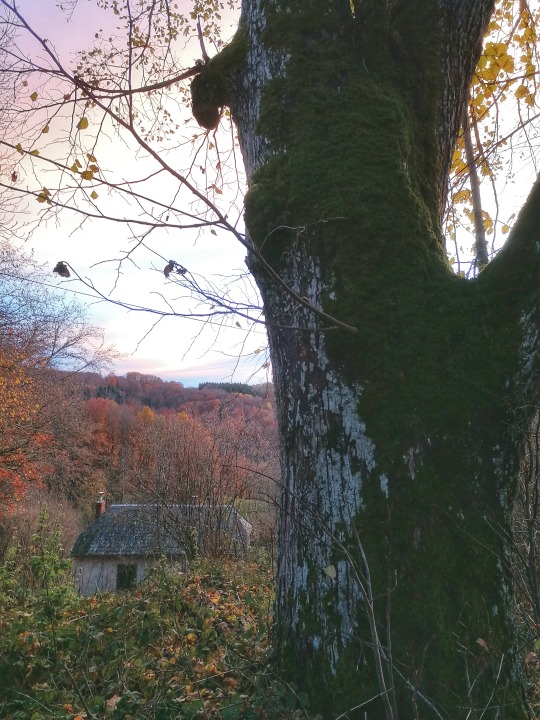
I recently heard about a 400-year-old tree in a nearby village, which made me want to estimate the age of the big lime tree behind my house. I measured the circumference at my height then divided by Pi to get the diametre then multiplied by the growth factor for this species—and I learnt that my lime tree is about 255-260 years-old! It was born in the 1760s... I also went and measured some of my beech trees and the oldest ones are ~190 years-old, which makes sense as it’s the age of the house. I’m not sure why this lime tree is so much older than all the other trees on this land, but it makes me want to give it a little plaque, maybe one that says “I was 25 years-old during the French revolution.”
#crawling along#i know my land used to be a forest until the 1820s when most of the trees were cut to create pastures#beech trees were then planted around each pasture to delineate it#then in the 1960s or 70s the farm was downsized and all the pastures except two were abandoned and left to rewild as they pleased#so the trees around my house are 50-60yo at most save for the beech trees enclosing the younger woods like sentinels#i'm guessing the 1820s owners preserved a couple of the pre-existing trees in each pasture to provide shade for the animals?#and the other(s) have been cut since#whatever the reason i'm glad this one lime tree was left alone to live its life!
829 notes
·
View notes
Text
West African countries such as Liberia, Senegal and Guinea-Bissau, communities have designated biodiversity hotspots, including forests and lagoons, as sacred. This system has served as a conservation tool respected by these communities for generations. The community's existence is intricately linked to the well-being and survival of the biodiversity and natural resources surrounding it.
The Western African method is to reinforce communal stewardship of the land, rather than ownership. The system starkly contrasts with some current, non-Indigenous North American methods of prohibiting humans from living in certain protected areas. Placing a dollar value on conserving these areas risks destroying the very belief system and way of thinking that have ensured their survival in the first place. Their value of biodiversity cannot be translated into monetary terms.
#biodiversity#west africa#environmentalism#habitat preservation#african#africa#biology#culture#liberia#senegal#guinea bissau#traditional culture#african tribe#conservation#sacred land#logging company#protected land
98 notes
·
View notes
Text

the daily jaunt
07.12.2022
#thedailyjaunt#original photography#get outside#photographers on tumblr#landscape#sunset#stroud preserve#natural lands trust
593 notes
·
View notes
Text

#nj#new jersey#land conservation#wildlife conservation#climate change#climate crisis#land preservation#climate action#hidden
0 notes
Text
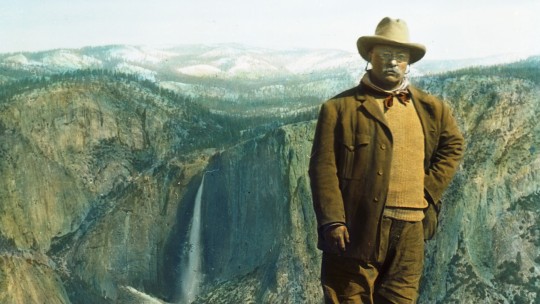
LETTERS FROM AN AMERICAN
April 7, 2024 (Sunday)
HEATHER COX RICHARDSON
APR 08, 2024
In August 1870 a U.S. exploring expedition headed out from Montana toward the Yellowstone River into land the U.S. government had recognized as belonging to different Indigenous tribes.
By October the men had reached the Yellowstone, where they reported they had “found abundance of game and trout, hot springs of five or six different kinds…basaltic columns of enormous size” and a waterfall that must, they wrote, “be in form, color and surroundings one of the most glorious objects on the American Continent.” On the strength of their widely reprinted reports, the secretary of the interior sent out an official surveying team under geologist Ferdinand V. Hayden. With it went photographer William Henry Jackson and fine artist Thomas Moran.
Banker and railroad baron Jay Cooke had arranged for Moran to join the expedition. In 1871 the popular Scribner’s Monthly published the surveyor’s report along with Moran’s drawings and a promise that Cooke’s Northern Pacific Railroad would soon lay tracks to enable tourists to see the great natural wonders of the West.
But by 1871, Americans had begun to turn against the railroads, seeing them as big businesses monopolizing American resources at the expense of ordinary Americans. When Hayden called on Congress to pass a law setting the area around Yellowstone aside as a public park, two Republicans—Senator Samuel Pomeroy of Kansas and Delegate William H. Clagett of Montana—introduced bills to protect Yellowstone in a natural state and provide against “wanton destruction of the fish and game…or destruction for the purposes of merchandise or profit.”
The House Committee on Public Lands praised Yellowstone Valley’s beauty and warned that “persons are now waiting for the spring…to enter in and take possession of these remarkable curiosities, to make merchandise of these bountiful specimens, to fence in these rare wonders so as to charge visitors a fee, as is now done at Niagara Falls, for the sight of that which ought to be as free as the air or water.” It warned that “the vandals who are now waiting to enter into this wonderland will, in a single season, despoil, beyond recovery, these remarkable curiosities which have required all the cunning skill of nature thousands of years to prepare.”
The New York Times got behind the idea that saving Yellowstone for the people was the responsibility of the federal government, saying that if businesses “should be strictly shut out, it will remain a place which we can proudly show to the benighted European as a proof of what nature—under a republican form of government—can accomplish in the great West.”
On March 1, 1872, President U. S. Grant, a Republican, signed the bill making Yellowstone a national park.
The impulse to protect natural resources from those who would plunder them for profit expanded 18 years later, when the federal government stepped in to protect Yosemite. In June 1864, Congress had passed and President Abraham Lincoln signed a law giving to the state of California the Yosemite Valley and nearby Mariposa Big Tree Grove “upon the express conditions that the premises shall be held for public use, resort and recreation.”
But by 1890 it was clear that under state management the property had been largely turned over to timber companies, sheep-herding enterprises, and tourist businesses with state contracts. Naturalist John Muir warned in the Century magazine: “Ax and plow, hogs and horses, have long been and are still busy in Yosemite’s gardens and groves. All that is accessible and destructible is rapidly being destroyed.” Congress passed a law making the land around the state property in Yosemite a national park area, and the United States military began to manage the area.
The next year, in March 1891, Congress gave the president power to “set apart and reserve…as public reservations” land that bore at least some timber, whether or not that timber was of any commercial value. Under this General Revision Act, also known as the Forest Reserve Act, Republican president Benjamin Harrison set aside timber land adjacent to Yellowstone National Park and south of Yosemite National Park. By September 1893, about 17 million acres of land had been put into forest reserves. Those who objected to this policy, according to Century, were “men [who] wish to get at it and make it earn something for them.”
Presidents of both parties continued to protect American lands, but in the late nineteenth century it was New York Republican politician Theodore Roosevelt who most dramatically expanded the effort to keep western lands from the hands of those who wanted only their timber and minerals.
Roosevelt was concerned that moneygrubbing was eroding the character of the nation, and he believed that western land nurtured the independence and community that he worried was disappearing in the East. During his presidency, which stretched from 1901 to 1909, Roosevelt protected 141 million acres of forest and established five new national parks.
More powerfully, he used the 1906 Antiquities Act, which Congress had passed to stop the looting and sale of Indigenous objects and sites, to protect land. The Antiquities Act allowed presidents to protect areas of historic, cultural, or scientific interest. Before the law was a year old, Roosevelt had created four national monuments: Devils Tower in Wyoming, El Morro in New Mexico, and Montezuma Castle and Petrified Forest in Arizona.
In 1908, Roosevelt used the Antiquities Act to protect the Grand Canyon.
Since then, presidents of both parties have protected American lands. President Jimmy Carter rivaled Roosevelt’s protection of land when he protected more than 100 million acres in Alaska from oil development. Carter’s secretary of the interior, Cecil D. Andrus, saw himself as a practical man trying to balance the needs of business and environmental needs but seemed to think business interests had become too powerful: “The domination of the department by mining, oil, timber, grazing and other interests is over.”
In fact, the fight over the public lands was not ending; it was entering a new phase. Since the 1980s, Republicans have pushed to reopen public lands to resource development, maintaining even today that Democrats have hampered oil production although it is currently, under President Joe Biden, at an all-time high.
The push to return public lands to private hands got stronger under former president Donald Trump. On April 26, 2017, Trump signed an executive order—Executive Order 13792—directing his secretary of the interior, Ryan Zinke, to review designations of 22 national monuments greater than 100,000 acres, made since 1996. He then ordered the largest national monument reduction in U.S. history, slashing the size of Utah’s Bears Ears National Monument by 85%—a goal of uranium-mining interests—and that of Utah’s Escalante–Grand Staircase by about half, favoring coal interests.
“No one better values the splendor of Utah more than you do,” Trump told cheering supporters. “And no one knows better how to use it.”
In March 2021, shortly after he took office, President Biden announced a new initiative to protect 30% of U.S. land, fresh water, and oceans areas by 2030, a plan popularly known as 30 by 30. Also in March 2021, Supreme Court chief justice John Roberts urged opponents of land protection to push back against the Antiquities Act, saying the broad protection of lands presidents have established under it is an abuse of power.
In October 2021, President Biden restored Bears Ears and Escalante–Grand Staircase to their original size. “Today’s announcement is not just about national monuments,” Interior Secretary Deb Haaland, a member of the Laguna Pueblo in New Mexico, said at the ceremony. “It’s about this administration centering the voices of Indigenous people and affirming the shared stewardship of this landscape with tribal nations.”
In 2022, nearly 312 million people visited the country’s national parks and monuments, supporting 378,400 jobs and spending $23.9 billion in communities within 60 miles of a park. This amounted to a $50.3 billion benefit to the nation’s economy.
But the struggle over the use of public lands continues, and now the Republicans are standing on the opposite side from their position of a century ago. Project 2025, the blueprint for a second Trump presidency, demands significant increases in drilling for oil and gas. That will require removing land from federal protection and opening it to private development. As Roberts urged, Project 2025 promises to seek a Supreme Court ruling to permit the president to reduce the size of national monuments. But it takes that advice even further.
It says a second Trump administration “must seek repeal of the Antiquities Act of 1906.”
LETTERS FROM AN AMERICAN
HEATHER COX RICHARDSON
#Letters From An American#Heather Cox Richardson#public lands#the Antiquities Act of 1906#history#Department of the interior#tribal nations#Teddy Roosevelt#conservation#conservatism#preservation
10 notes
·
View notes
Photo
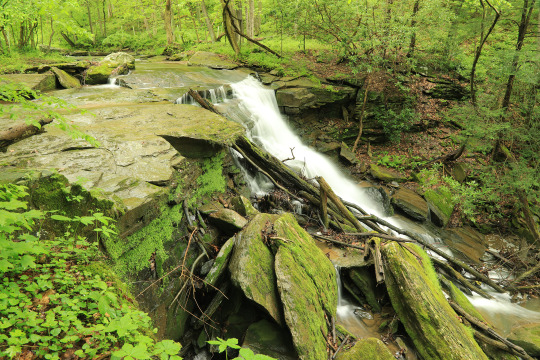

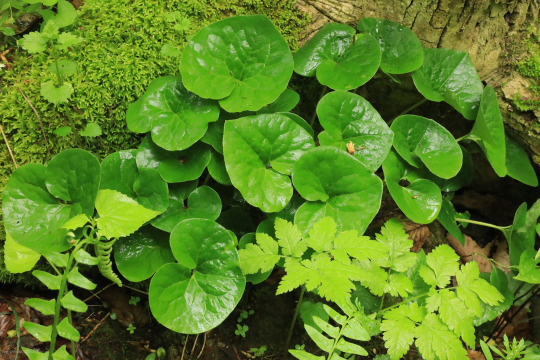


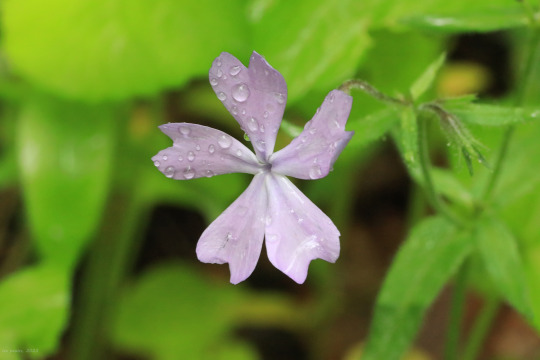
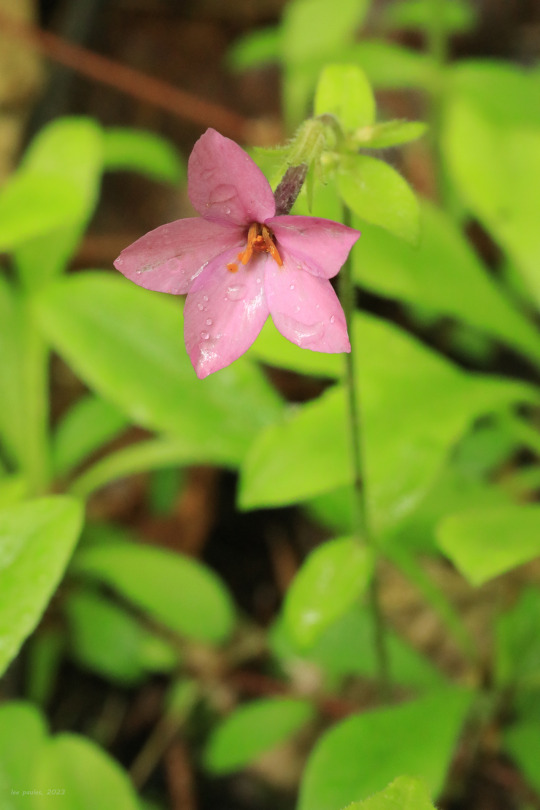
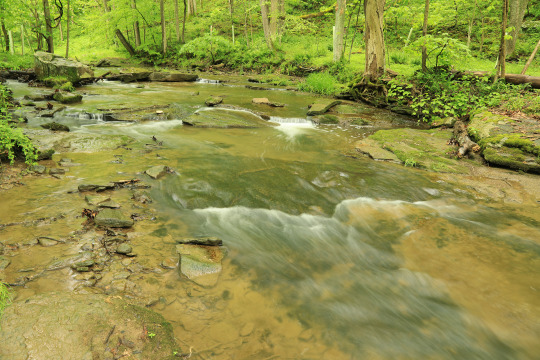
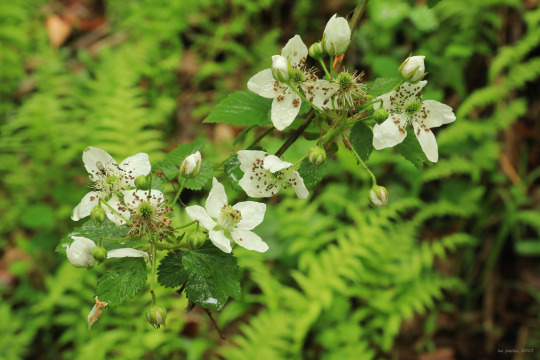
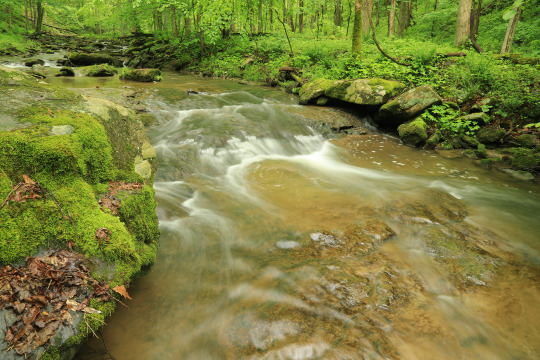
Part 2: After the Rain - Life in an Appalachian Temperate Forest.
From top: Wild ginger (Asarum canadense), also known as Canadian snakeroot; Philadelphia fleabane (Erigeron philadelphicus), a lovely spring aster deserving of a more dignified name; white wood violet (Viola sororia albiflora), a white variation of the common blue violet; woodland phlox (Phlox divaricata), also called wild blue phlox; creeping phlox (Phlox stolonifera), a mountain native and the most delicate and beautiful of Appalachia’s many wonderful phlox species; and Allegheny blackberry (Rubus allegheniensis).
#appalachia#vandalia#west virginia#toms run preserve#west virginia land trust#temperate forest#rain#intense green#flora#wildflowers#may#wild ginger#canadian snakeroot#phildaelphia fleabane#white wood violet#woodland phlox#wild blue phlox#creeping phlox#allegheny blackberry#common blackberry
457 notes
·
View notes
Note
Hi I noticed you have been in the deathnote fandom for a long time. Do you know some changes the fandom/ships went through? I already know that the misogyny towards misa used to be terrible
Thanks 🙏
Hi! Yes, I've been here a long time lmao
So from what I can recall things have actually stayed pretty remarkably the same when it comes to the popularity of the ships and dynamics in this series. Lawlight has always been the most popular ship, followed closely by M2 (Matt x Mello). However back in the mid/late 2000s it was different in terms of certain things, like the way the ships were referred to. For example, there was no such thing as a nickname for a ship as a whole back then - you didn't call it "Lawlight," you called it either "L/Light" or "Light/L." You had to specify which of the two you liked as the top by putting their name at the start of the pairing. They were treated almost like they were two entirely different ships, and people would definitely get upset if you weren't terribly careful about specifying this when posting shippy fics and things. This changed sometime between 2009-2012, maybe? Possibly around when "Brangelina" and celebrity couple nicknames like that became a thing in pop culture, lol. I am personally glad things are no longer this fussy about labeling and defining the ships, because I find it dumb and possibly a bit offensive towards gay folks to be that obsessive about their bedroom dynamics above all else. But I definitely still see people get very particular about their preferences for this stuff when it comes to their discussions of the ships these days too, so I might be the odd one out here.
Overall I'd say tolerance towards diversity of the pairings and appreciation of the more minor characters has increased? Stuff like pairing L with Matsuda or having het ships like B x Naomi wasn't terribly common back then, from what I remember. People won't hate on you and fight with you as much for daring to enjoy depicting the characters with somebody other than their fave in a story or a piece of art nowadays, either (like "how dare you pair L with somebody other than Light!" - this was a very common thing to hear back in the early fandom days, and people would often act like you were "cheating" on a character by shipping them with somebody other than the character they decided they belonged with.) And fans have also started showing more appreciation for the female characters and attempting to be more inclusive toward them than they used to be. There is a bit less hatred of characters like Near and more shipping of him now as well. Many people were extremely dismissive of him back in the day, and he has definitely grown in popularity over time.
In general I think the fandom has chilled out and diversified and become more tolerant and deeper and more accurate with the characterization in its discussion of the series overall, but I still often will see the exact same takes and trends and tastes and arguments going on now as I used to see back in 2008. Especially when I step outside of the Tumblr bubble and back into a broader/more casual group of fans talking about the series and their faves.
#also i feel it must depend a lot on what site you use / what group of fans youre interacting with#because sometimes i'll get surprised when i like end up in a pocket of oldfans on twitter who still act very similar#to how they acted in 2008... who seem to in fact want to preserve#the aspects of the older fandom days that i find particularly dumb. so when i try to talk about a broader scope or things changing#im basing my views mostly on the vibes i've noticed here on tumblr and like trends ive seen with younger/newer fans#for the most part though the biggest changes have probably just been in fandom culture as a whole#and in the series becoming an older/nostalgic one instead of an exciting new one#also i have no idea what's going on in like death note tiktok land or anything so I cannot answer you about that#ask#anon#p
28 notes
·
View notes
Text

after making this post I sat around kind of desperately wishing someone would write something for this scenario, but then wasn't sure if I actually wanted that bc what if they make it into drama or somehow make Dennis central to the plot. I can't have that. And then I slapped down about 1500 words of dialogue for the scenario. And I've been slowly fleshing it out in the form of a story. It's starting to distract me from the original writing I've been making decent headway on. So I'm writing IASIP fanfiction now. This is where I'm at . I'm all in.
#iasip#Chances are high I will be too embarassed to go through the mortifying ordeal of posting it BUT if I do make an AO3 account and post it#there I will be (from cursory inspection) maybe the first person to publish a story that is straight up just about them?#and not with Dee consigned to some sort of supportive role.#Which is tempting#Also as much as I said this isn't about Dennis I am running into the issue of debating whether or not Dennis circa 2023 would say#the phrase 'fag hagging'. because all of them are involved at the beginning and I need someone to say it for a joke to land later#Points against: he is probably the most politically conscious/cautious of any of them (mostly for cynical self-preservation purposes#and maybe like 5% MAXIMUM out of any sincere convictions)#Points for: He is likelier than Frank or Charlie to know what 'fag hag' means and he definitely WANTS to say slurs
24 notes
·
View notes
Text
save me south asian syncretism... save me....
#me yapping#anti hindutva#we deserve to live in a timeline where punjab and bengal weren't divided!!#and all the beautiful traditions of religious syncretism in our land were preserved !#i yearn to visit old lahore#amritsar and lahore are LITERALLY twin cities!!!#how dare you seperate them#beautiful catholic shrine that share compounds with masjids#dargahs that are visited by everyone regardless of faith
8 notes
·
View notes